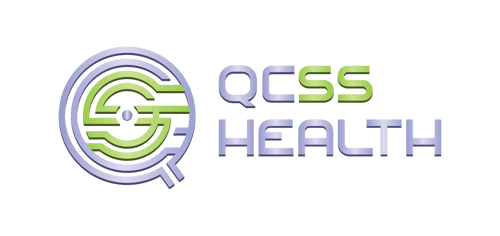There are many different processes that can be used to determine the necessity, appropriateness, and efficiency of healthcare services. In the managed care model, it is important to have an effective Utilization Management (UM) program because it enables health plans and community organizations to ensure that they are managing the cost of services appropriately as compared to the capitation rate.
Why Prospective Review in Long Term Services and Supports?
A case-by-case prospective review is the most important type of Utilization Management process within the MLTSS setting of care for several reasons:
- Services are predictable – MLTSS in a unique model of care where the services that a member will utilize are known in advance of services being provided. For instance, a member who is authorized for 20 hours of care per week will have limited variability on a weekly basis.
- Service cost is predictable – The cost of providing personal care or other supports and services are often specified by the state Medicaid agency or are contracted by the health plan. A clear picture of cost can be predicted by combining known hours and known hourly costs.
- Authorized services are difficult to change – Health outcomes of the Medicaid member is core to MLTSS programs. Medicaid agencies have implemented stringent appeal processes to protect a member’s right for adequate care. This means it is best to catch utilization issues prior to the start of services.
Key Strategies for Implementing Utilization Management
The strength of a organization's analytical capabilities directly translates to the success of their Utilization Management program and financial results.
- Calculate utilization at the population level – Population-wide average utilization is ultimately the metric that impacts a plan’s financial operations. Understanding how reimbursement and service costs are trending is vital to maintaining an acceptable Medical Loss Ratio (MLR).
- Calculate utilization at the member level – In order to improve utilization operationally, reimbursement and cost needs to be brought down to the member level. Plans can implement software with service guidelines to identify over-authorized or duplicative services.
- Identify members for Utilization Management focus – Health plans can identify members where service costs are exceeding the capitation payment once reimbursement and cost data are linked. These members can be reviewed for appropriateness of service plans and quality interventions can be implemented to improve utilization for high-cost chronic conditions.
- Invest in systems for Utilization Management – Manual or spreadsheet-based systems create an administrative burden. Implementing an IT system reduces the administrative burden, enables staff to focus on the most important issues, and creates a process where problems can be resolved quickly.
Financial risk is the burden of health plans in Managed Long-Term Services and Supports. Leveraging technology to implement a prospective Utilization Management program, at the member-level, is a critical initiative to help achieve improved per capita service cost while maintaining positive health outcomes.

